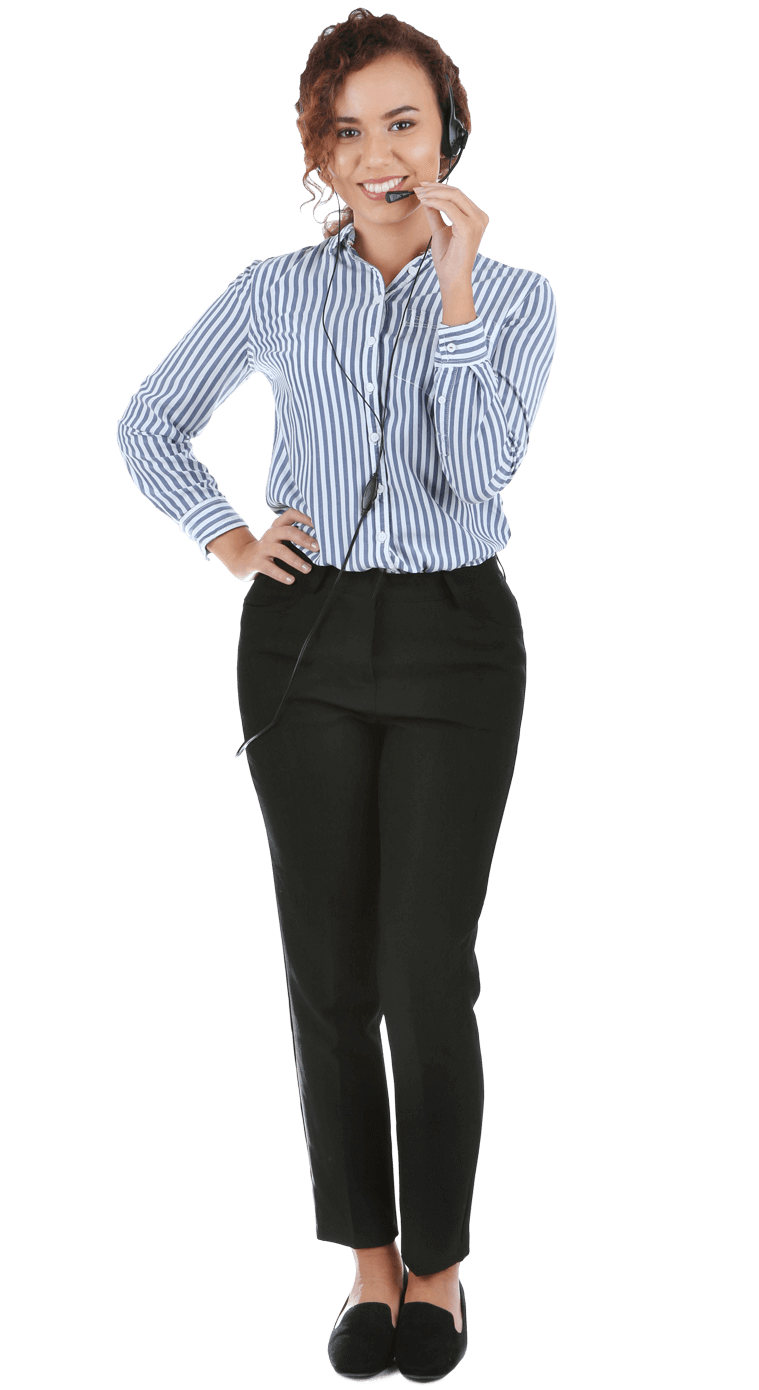Having an ergonomic work area involves designing the job to fit the worker instead of physically forcing the worker’s body to fit the job. Forcing a worker to excessively exert him or herself can lead to serious and potentially disabling work-related injuries and musculoskeletal disorders. Integrating OSHA ergonomics into your workplace, then, can not only reduce physical stress and eliminate up to half of serious injuries each year, but it can also improve your workplace productivity and save you money.
Workplace injuries and musculoskeletal disorders (MSDs) cost companies billions of dollars per year in lost productivity and worker’s compensation claims, but it doesn’t have to be that way. By just making a few adjustments to improve ergonomics, companies can experience happier and safer staff, more productivity, and more profits.
Top Ten Occupations at Risk for MSDs
- Nurse aides, orderlies, and attendants
- Truck drivers
- Laborers
- Assemblers
- Janitors and cleaners
- Registered nurses
- Stock handlers and baggers
- Construction laborers
- Cashiers
- Carpenters
How Having Better Ergonomics Can Help You
Providing a workplace free of ergonomic hazards can do the following:
- Lower injury rates and MSD incidences
- Increase productivity by allowing workers to do their jobs faster
- Increase comfort and job satisfaction for workers
- Improve product quality with fewer errors due to less physical effort
- Reduce work absences, as workers will be less likely to need to take time to recover from MSD-related injuries, soreness, and fatigue
- Reduce job turnover since workers are more likely to find an ergonomically designed job within their physical capacity
- Lower worker’s compensation costs and other payments for illness or replacement workers
- Improve worker safety
- Reduce worker fatigue
- Improve worker morale
Easy Ways to Improve Ergonomics
Many ergonomic solutions are surprisingly simple and inexpensive to implement. Here are just a few:
- Adjusting work surface heights (for example, with sit-stand desks)
- Telephone headsets
- Anti-fatigue mats
- Providing frequent short breaks
- Varying tasks
- Storing your materials at the point of use
- Providing ergonomic chairs or stools
- Automating processes
- Inventory management software and mobile shelving to prevent workers from having to walk long distances
Contact Us for More Ergonomics Tips & Solutions
Southwest Solutions Group® has been providing ergonomic solutions and assistance to all types of business across every industry since 1969, and we would be more than happy to help you too. For more information about our solutions and to receive a free consultation from our knowledgeable staff, give us a call at 1-800-803-1083 or send us a message today.




